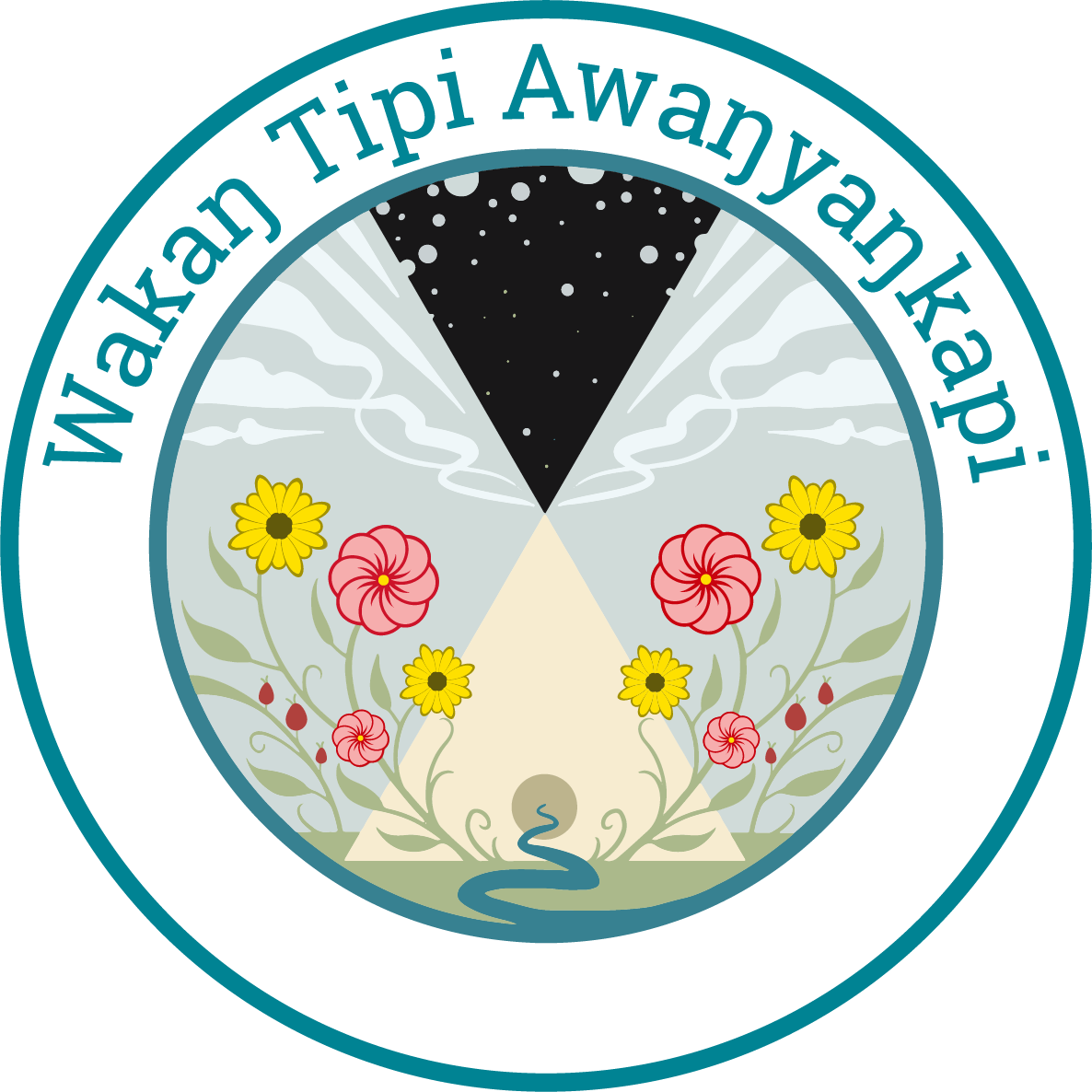[Artists Xena Goldman, Greta McLain, and Cadex Herrera painted this mural on the 38th street wall of Cup Foods. The mural shows George Floyd surrounded by the names of other Black men, women, and children killed by police.]
It has been just over three weeks since the Minneapolis Police Department murdered George Floyd. In this short time, our community has proven itself to be powerful, compassionate, and resilient. We have seen countless examples of neighbors working together to provide for each other. The institutions responsible for police brutality and mass incarceration are failing our society, and we are now tasked with reimagining our concepts of justice and community safety. If the food drives, medic stations, neighborhood watches, community conversations, and widespread protests are any indication, we may one day inhabit a world that is truly safe for all of us.
Of all the ongoing community efforts to repair and heal, the creation of a memorial at the very site of George Floyd’s murder is perhaps the most striking. There is often a great deal of trauma and emotional intensity associated with physical sites of violence and dispossession. But to label the intersection of 38th Street and Chicago Avenue a sacred space is not to deny the pain and trauma associated with it. Sacred spaces allow communities to name and reclaim what has been stolen from them, and to protect what remains, in the present moment and into the future.
[A resource tent (one of many located around a two-block perimeter of the 38th Street & Chicago Avenue intersection) includes a sign which reads: “This is a sacred healing space for the black and african american community. It is being served by their ally communities and is a holy ground.”]
It is in this way that the declaration of George Floyd’s memorial as a sacred site for the Black community rings true to us. To hear it – the impassioned speeches, the calls to prayer, the jingle dress dancers and drumming – is to know the sounds of a community in mourning. To witness it – the murals flowing across storefronts and fences, the words and artworks covering the pavement, the flowers, candles, and poems laid in tribute – is to see the full force of grief and love and collective memory playing out in real time.
For many Indigenous communities, sacred sites are one of the few ways to protect cultures that have suffered under colonialist violence and industrialization. In our work at Lower Phalen Creek Project, that means protecting Wakaŋ Tipi, a spring-fed cave sacred to Dakota people which was severely damaged by waves of American industrialization. But we do not merely seek to protect Wakaŋ Tipi from further destruction. To celebrate this place as sacred, it is critical that we restore the surrounding ecosystem and prioritize the relationship between the Dakota people and this place. In this way, we work to address the injustices against land and people and heal them both.
At 38th & Chicago, as is common with sacred sites, there are many visible attempts to make the space beautiful, to make it new, to reclaim the site of violence as one of community. And, of course, the site is contested – visitors come from all over to pay their respects, and community members have recently developed resources and infrastructure to protect the sanctity of the space. A document distributed to many white visitors to the site reads: “This is a space community members want to decentralize white feelings and prioritize Black pain. We ask that you honor the space.” Other efforts highlight the symbolic and restorative power of the space. A garden on Chicago Avenue, built into the curb and lined with a low brick wall, sports orange and yellow flowers, with more plants soon to grow.
[A garden has been installed off of a west-facing curb on Chicago Avenue. Bricks box in orange and yellow flowers with a chrome “BLM” spray-painted on plywood in the background.]
The street sign for Chicago Avenue is covered over with a new name, chosen by the community: George Floyd Avenue. As a Native-led non-profit actively working to protect and restore our own sacred site, we understand the gravity and importance of supporting our Black community members in their efforts to reclaim this site as 38th Street and George Floyd Avenue. And just as it pertains to our sacred spaces, we must remember that although beauty and joy have been birthed out of these spaces, the pain and the grief remains. As such, guests in these spaces should always hold themselves with the utmost humility and respect.
George Floyd’s murder is yet more proof of the brokenness of a world and a society which can never be put back quite right. But the efforts to find healing and power at the site of his death have shown the importance of sacred spaces to communities that have lost so much for so long.

![[Artists Xena Goldman, Greta McLain, and Cadex Herrera painted this mural on the 38th street wall of Cup Foods. The mural shows George Floyd surrounded by the names of other Black men, women, and children killed by police.]](https://images.squarespace-cdn.com/content/v1/64246a1951853227e9ab9a0a/1680108103645-Z3IE4SCET0JIDY67YFMD/Screen+Shot+2020-06-17+at+8.18.39+AM.png)

![[A garden has been installed off of a west-facing curb on Chicago Avenue. Bricks box in orange and yellow flowers with a chrome “BLM” spray-painted on plywood in the background.]](https://images.squarespace-cdn.com/content/v1/64246a1951853227e9ab9a0a/1680108103652-ZVYNTGTGU2V22RI589D4/Screen+Shot+2020-06-17+at+8.10.38+AM.png)
